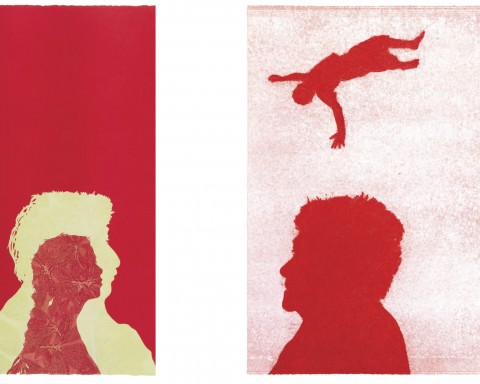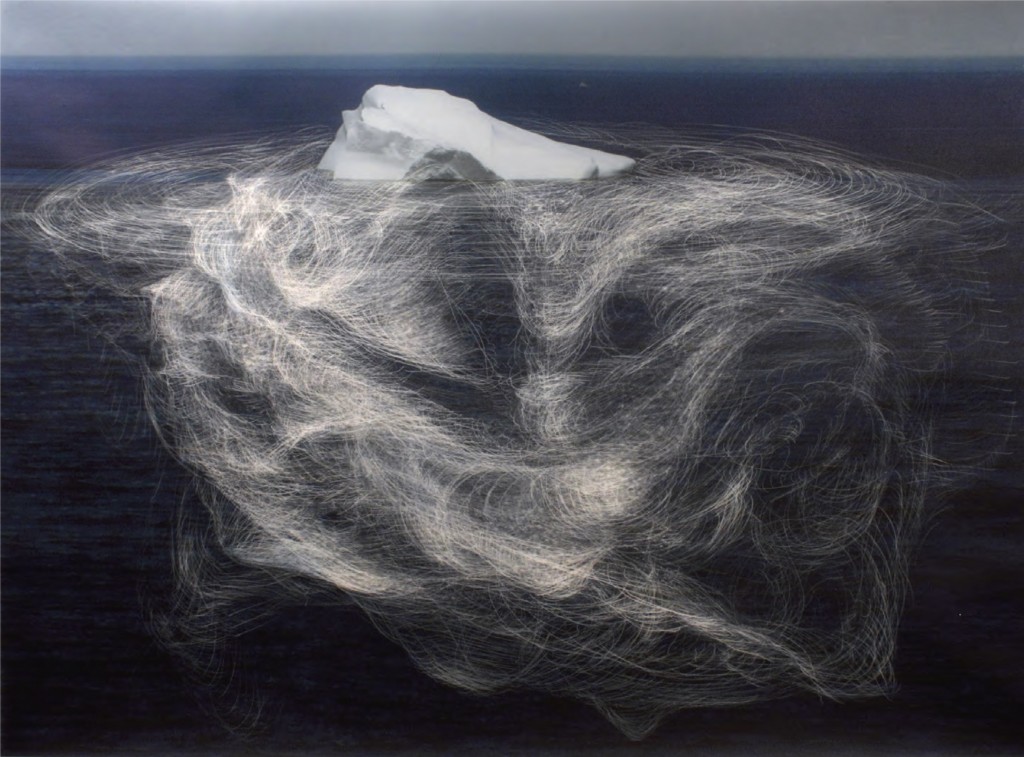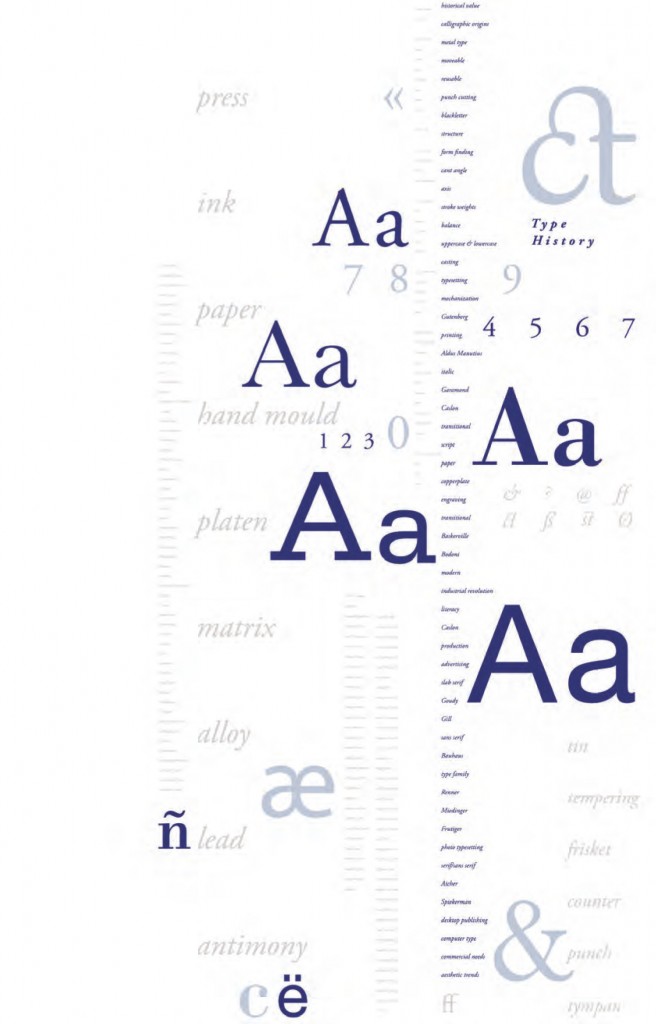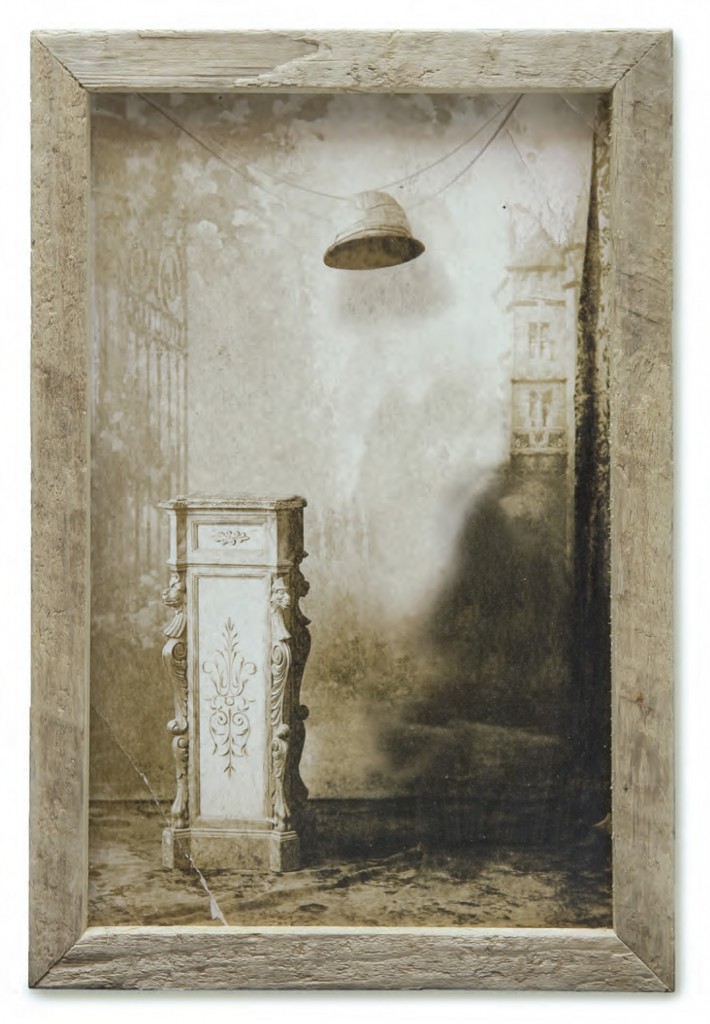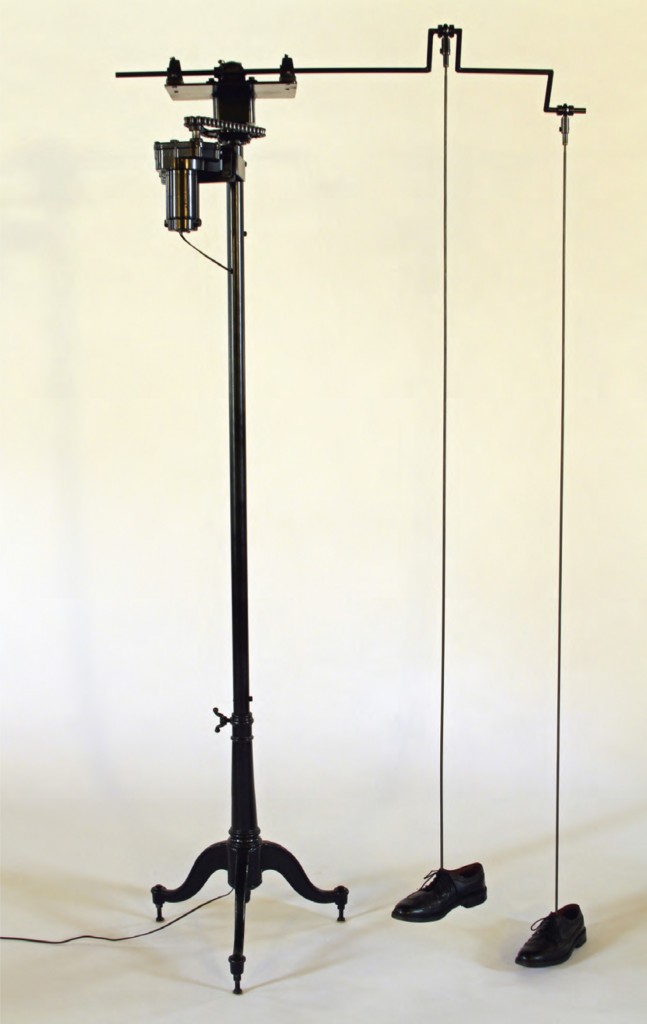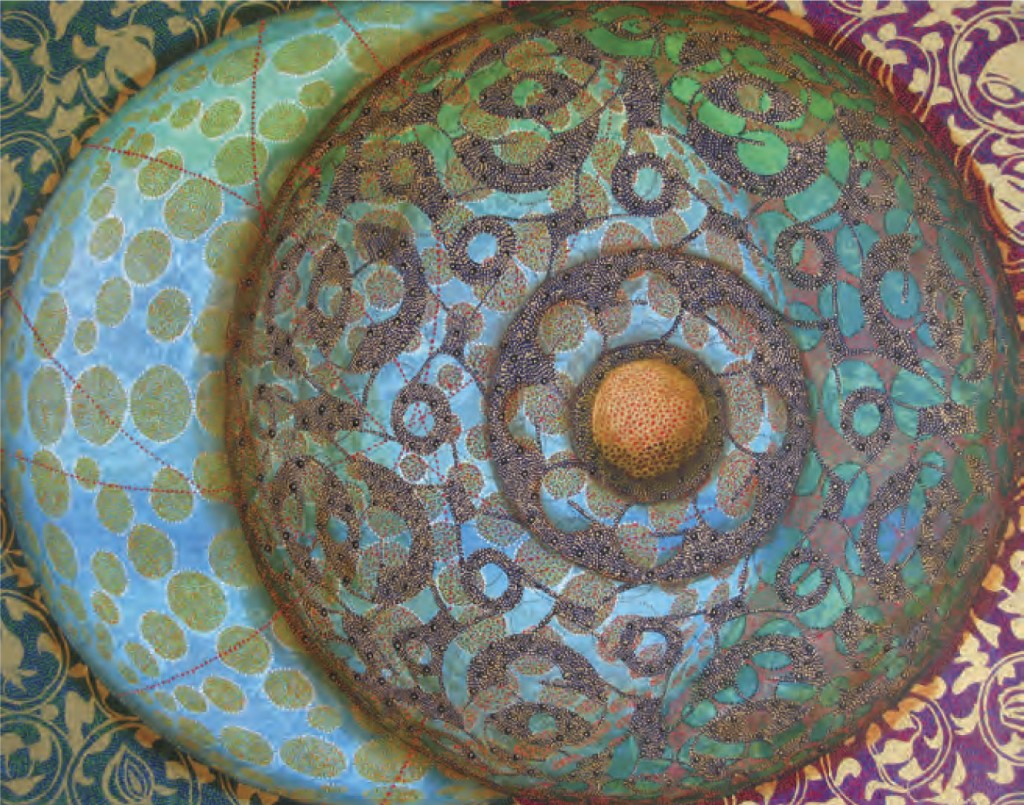The Samuel Dorsky Museum at SUNY New Paltz is currently exhibiting the work of the university’s Art Department faculty. Carl Van Brunt, who was guest curator at the museum last year, has returned to curate this very diverse exhibition that includes as many areas of art-making as there are art departments in the university: photography, printmaking, painting, drawing, sculpture, graphic design, craft, and art education. Furthermore, according to Van Brunt, in approaching the task of choosing the work, he was determined to include enough work by each artist to give visitors to the museum a real sense of the methods and interests of the artists. This involved making studio visits with every one of the twenty-eight artists in the exhibition. The result is a tremendous service to the university, the current and future art students of the department, and to the wider community.
SUNY New Paltz has been enjoying a rise in national rankings and this is surely a reflection of the breadth of its faculty. The Art Department faculty includes artists who have come to the university from countries as far apart as Israel, Anat Shiftan; Uruguay, Rimer Cardillo; and Germany, Andrea Frank. The American faculty is drawn from every part of the United States, most have exhibited internationally and many have spent substantial periods of time abroad.
Itty S. Neuhaus who was recently the recipient of a Fulbright award that enabled her to spend time in Newfoundland and Labrador over two summers, imagining what is beneath the surface of ice-bergs that is invisible to the eye. One of those imaginings, Scratch Berg, is included in the exhibition. Visualizing that which is hidden is an ongoing theme with Neuhaus’s work – her installations with layers of fabric and glassine paper have a womb-like quality. Scratch Berg has been given a fantastical, huge, yet delicate, calligraphic underside. Amy Papaelias, Neuhaus’s colleague in the same section of the department, is a Graphic Designer who explores the relationship between visual and verbal communication through, as she calls it, “expressive typography.” Her piece Persona Type: Living Type combines web fonts with user-generated web content to demonstrate the emotive qualities of type – the web content is appropriated from posts, tweets and comments. Aleánna Luethi-Garrecht, from Switzerland, is also a Graphic Designer and also works with typography but on fabric panels. She is interested in discovering letterform and typography as textural and rhythmic elements.
Anyone who saw photographer François Deschamps’s recent exhibition at the Dorsky of work done during his sojourn in the African country of Mali will enjoy his photograph, Colonial Hat, made in 2007 — not only for its foreshadowing of his Photo Rapide instant photographic studio, after those of the Malian photographers he met in Mali’s capital city of Bamako, but also for its wit. In Colonial Hat, all that’s left of colonialism is the hard hat of the great white hunter, suspended by a string to hang over the space where the colonist’s head used to be. In every way this is a classic western studio shot from the ornate pedestal, on which the subject might rest a hand, to the photographic backdrop. It even seems to include the shadow of the missing — defunct — colonist. Ann Lovett, also a Professor of Photography, has traveled from Oregon to Iceland to Ireland developing a series of water studies “exploring light, space, and surface.” She is interested in how nature sculpts and alters the landscape; how changing weather reveals new patterns. Her monochromatic photographs of water and beach also illustrate the sensuousness of that work.
The Sculpture Department is represented by, among others, Associate Professor Steven P. Bradford with two pieces, Survival and Dead Man Shoes. Survival, which is a text from a 1968 Army Field Manual entitled “Survival, Evasion and Escape,” and the titular shoes in the second installation were both left behind in buildings Bradford took over, in the first instance by the deceased owner of a building the artist acquired for a studio. With Dead Man Shoes, the artist has created a machine, partly constructed out of what appears to be a hat-stand, whereby the shoes continue to walk, possibly forever. It is a delightfully horrific piece of art.
Sculptor Emily Puthoff’s work comprises sculpture, installations, digital media, prints/drawings, performance/interventions, and artist books. Her piece in this exhibition is composed of improvisations by Julia Alsaraff, at Puthoff’s suggestion, played through ceramic speakers created by Puthoff.

We are floating in a medium of vast extent (excerpt from Pascal’s Pensées), 2007 – 20130; Emily Puthoff
Other works that caught my eye were the fabulous mandala-like pieces of Professor of Painting, Amy Cheng, and the woven (card-board packaging) creations, entitled Noise, of Assistant Professor in Art Education, Jessica Poser. Poser’s aim is to explore the visual detritus or noise in domestic life — that’s “noise” as in the process of video disambiguation, or “snow.” Cheng’s aim is to explore work that is about visual play and pleasure and employs the textures of lace, brocade, silks and satins: “I try to evoke what Zen practitioners call nothing and everything.”
Susan Stokes piece Ascension is unapologetically figurative, one of the few artists working with the figure in the exhibition. Ascension is a beautifully realized contemplation of the relationships of family, generational cycles, loss, mortality, and also freedom. Stokes lives and works in Bloomington, New York. She also works in performance and installation and is the founder and artistic director of the theatrical performance group Cave Dogs. In the latter she fills a multitude of roles including writer, lighting, set and costume designer.
As stated above, there are twenty-eight faculty members showing work in this exhibition and I have just skimmed the surface here so, readers, I recommend that you take an afternoon off and check it out for yourselves, if you can. One wonderful thing about the timing of this exhibition is that it coincides with the presentation of work by art majors receiving their BFA and MFA degrees at the university. Therefore, “Fields of Vision” allows visitors to consider how the work of the students might relate to that of faculty.
“Fields of Vision” runs through June 23, 2013.
MUSEUM HOURS:
Wednesday – Sunday: 11 a.m. – 5 p.m. (Closed Mondays, Tuesdays, and Holidays)
Please call ahead during summer and intersessions to confirm exhibitions available.
LOCATION:
State University of New York at New Paltz
1 Hawk Drive, New Paltz, NY 12561
845.257.3844
Featured image; Ascension, 2012; Suzanne Stokes



